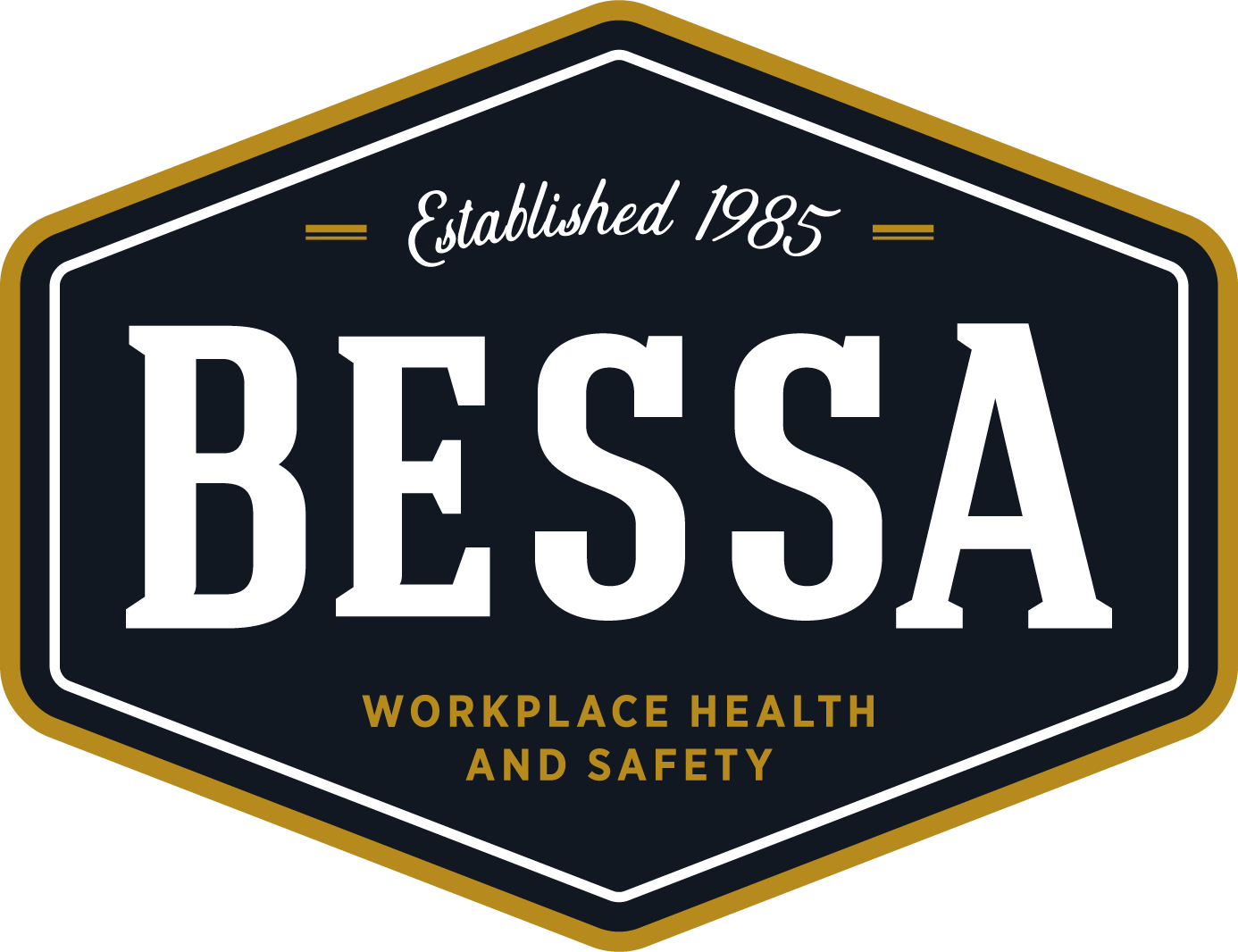3D Printing: Innocent Tech or Insidious Hazard?
Printable artificial limbs, printable buildings, printable power tools, printable food. It seems there's no limit to the commercial applications for 3D printing. Yet there is a downside to this booming technology – and if you’ve gotten a noxious whiff of melting ABS filaments, you probably know what it is: exposure to potentially hazardous emissions.
There’s a lot we don’t know yet about the risks of 3D printers. Only a few makes and models of printers have been tested, and even fewer filament types have been evaluated for gas and particle emission. Yet even this early on, the research – and common sense – suggest that it’s a bad idea to inhale the byproducts of 3D printers. We’re talking about volatile organic compounds (VOCs) and ultrafine particles (UFPs) released during printing that can linger in the air long after.
Why the concern? UFPs can easily enter the lungs, where they can induce heart disease and lung problems, as well as carry toxins in the bloodstream. VOCs are toxic pollutants, and a number of these compounds are known carcinogens.
Of the several studies conducted with 3D printers using ABS (Acrylonitrile-Butadiene-Styrene) or PLA (Polylactic Acid) filaments, most report similar findings, which include:
Virtually all 3D printers using ABS and PLA filaments produce UFPs and VOCs – sometimes in very substantial quantities
ABS filaments produce more particulate emissions that PLA, but both produce amounts large enough to cause health concerns
Even printers within an enclosing case produce significant levels of emissions
With wear and tear, the levels of VOCs and UFPs produced by 3D printers increase
How can you reduce the risks of 3D printing in your business? PLA filaments look to be a safer choice than ABS due to their lower emission rates (but that rate is NOT zero), and enclosing printers can contain some emissions. But the best approach is finding out what’s actually happening in your own work setting. Drop us a line and we can help you sort out the best course for your business.

